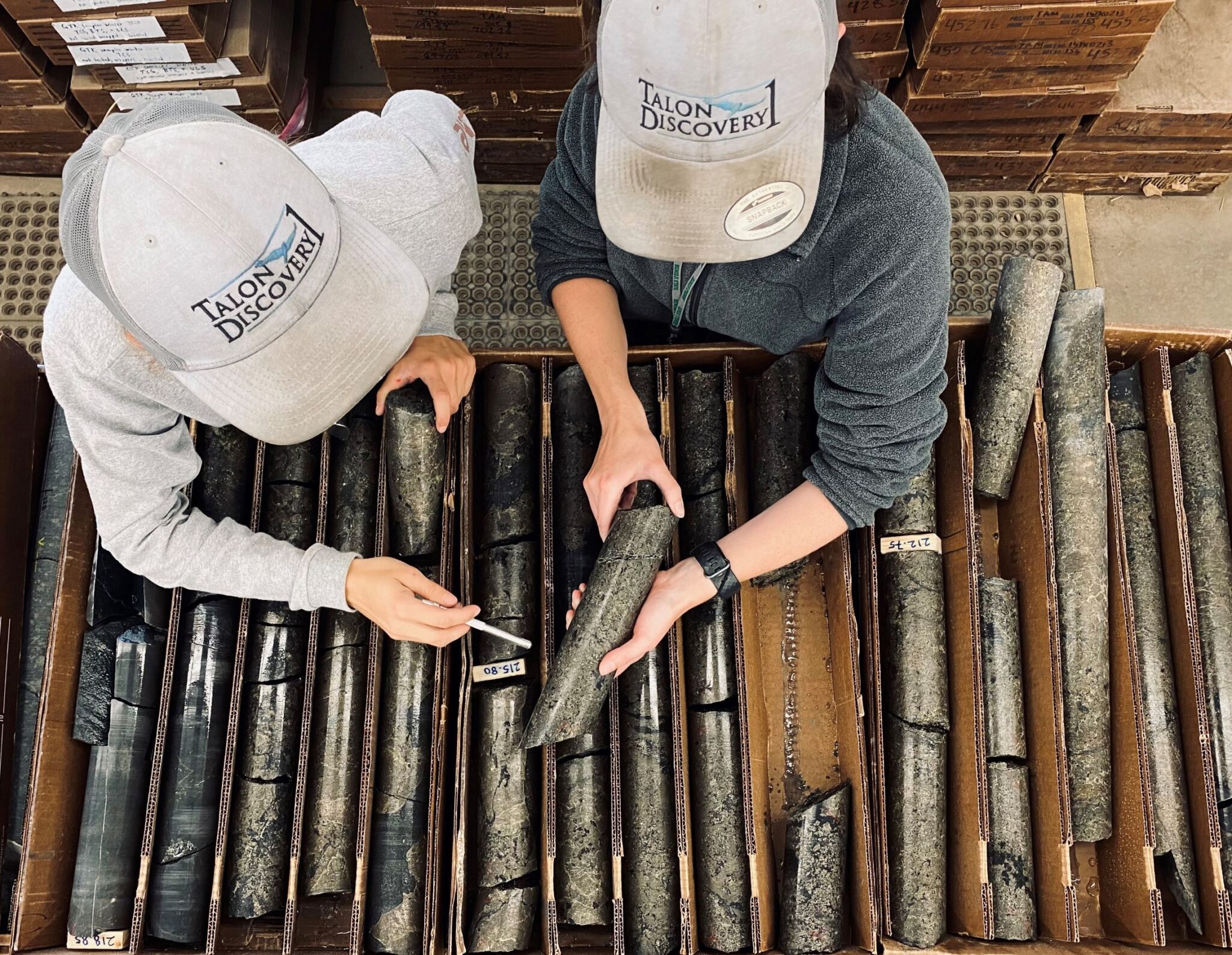
The U.S. Department of Energy’s (DOE) Argonne National Laboratory has entered into a Collaborative Research and Development Agreement with Talon Metals on developing a new process to use mining waste in electric vehicle battery production.
The process will use iron sulfides from Talon’s by-products in its nickel production to synthesize lithium iron phosphate (LFP) cathodes, which are increasingly used in lithium-ion batteries. DOE’s Vehicle Technologies Office has provided funding for Argonne’s portion of the project.
Researchers at Argonne’s Materials Engineering Research Facility (MERF) will develop, optimize and implement an LFP synthesis process and then test the cathodes’ performance in coin battery cells. Talon will collaborate with the MERF team to calibrate the iron compounds’ purity and composition to enhance cathode production.
“Nickel concentrates produced from high-grade nickel ore contain four times more iron than nickel,” said Talon CEO Henri van Rooyen. “By using this iron to produce LFP batteries, Talon can supply ingredients for multiple battery technologies, generate a new income stream and reduce waste. And we can substantially increase the number of batteries manufactured from the same ton of rock compared with conventional approaches.”
Jeff Spangenberger, Argonne’s materials recycling group leader, added: “Our partnership with Talon Metals seeks to make more efficient use of critical materials in domestic battery supply chains so that the U.S. can rely less on other countries to achieve its clean energy goals.”
Talon is in a joint venture with Rio Tinto on the high-grade Tamarack nickel-copper-cobalt project located in central Minnesota.
Source: Argonne National Laboratory
